Reinvention of a timeless icon: the Cartier Santos de Cartier
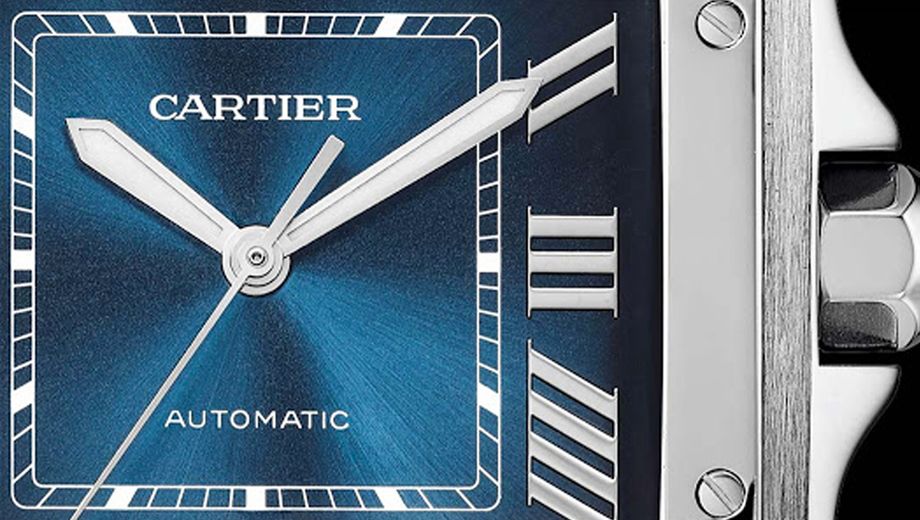
The Cartier Santos de Cartier is an effervescent icon of watchmaking. Released in the early 1900s, the Santos was the world’s first true wristwatch – created for and named after Brazilian aviation pioneer Alberto Santos-Dumont, for whom Parisian watchmaker Louis Cartier created an alternative to the pocketwatch which could be worn on the wrist, so that Santos-Dumont could keep both hands on the aircraft controls.
Cartier's audaciously original design solidified the watch's status as definitive icon of both horology and fashion.
Fast forward to 2019 and, after many a different variation, we have the latest version of the acclaimed Cartier Santos de Cartier
Throughout its years in the limelight, the Santos de Cartier has been chopped and changed, but all the while its foundational style has been left unaltered – and this is certainly so with the latest model.
In keeping with its long-standing tradition, the Cartier Santos de Cartier (reference WSSA0013) features a once-upon-a-time radical square case that sits 39.8mm in diameter, 47.5mm in length and a very thin 9.08mm in profile.
The stainless-steel chassis has been brushed impeccably, and the raised bezel has been mirror-polished to a degree where is exhibits an almost flawless gleam.
The case is sporty, functional, wearable and supremely comfortable. The tipped crown guards protect the gem-filled hexagonally shaped crown, an iconic trait of the Santos, and something that people instantly relate back to Cartier.
But beyond its high levels of versatility, the Santos de Cartier can very easily be dressed up in a more formal setting. Therein lies the eloquent beauty of the Santos, in that it can be as formal or as casual a timepiece as you like.
The standout feature of the latest model WSSA0013 is its stunning metallic blue dégradé dial. This particular method of finishing enables the artisan to create a graduated look, wherein the centre of the dial seems much lighter than the edges. The sunray-burst finishing brilliantly accentuates this technique.
Some may claim to there being too much blue, but Cartier being Cartier have exercised some wonderful stylistic maturity with the addition of reflective mirror-polished Roman numeral hour markers, luminescent material-filled hour and minute hands, a discreet black-background date aperture and an elongated sweeping-seconds hand.
All in all, the approach that Cartier have taken with the latest Santos de Cartier model is one that I think yearns to be appreciated. There’s an enormous amount of carefully-considered and well-executed details throughout the piece.
Take the progression from the graduated blue dial to the vertically brushed case, as an example. Both feature a very similar texture, and if placed together they would no doubt clash. But sitting between these texturally comparable parts of the Santos de Cartier is the mirror-polished bezel, providing a smooth disparity between the coarser look of the dial and the case.
Powering the Santos de Cartier is the calibre 1847 MC, Cartier’s automatic entry-level manufacture movement with a power reserve of 48 hours and key components made of nickel phosphorus to reduce the effects of magnetism.
Cartier’s Santos de Cartier is a sound package that embodies the quintessential traits that I liken to a watch that is truly timeless. No smokes and mirrors, no flashy facades, just quality watchmaking. The Cartier Santos de Cartier with the graduated metallic blue dégradé dial will be unveiled in Geneva next week at the 2019 SIHH watch show, and will cost US$6,850.

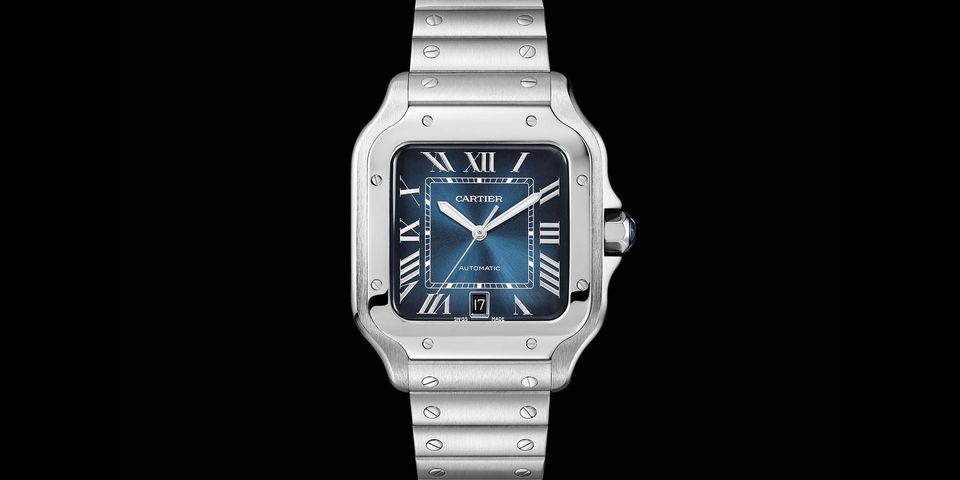
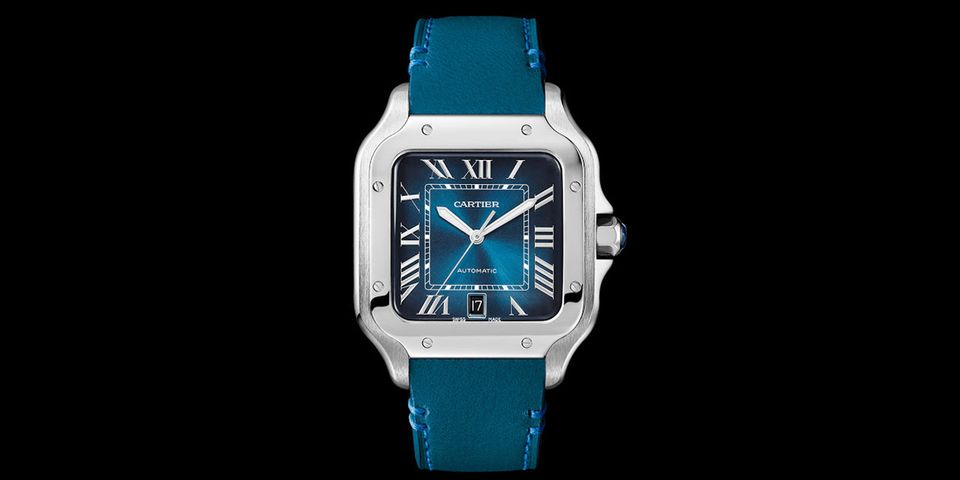
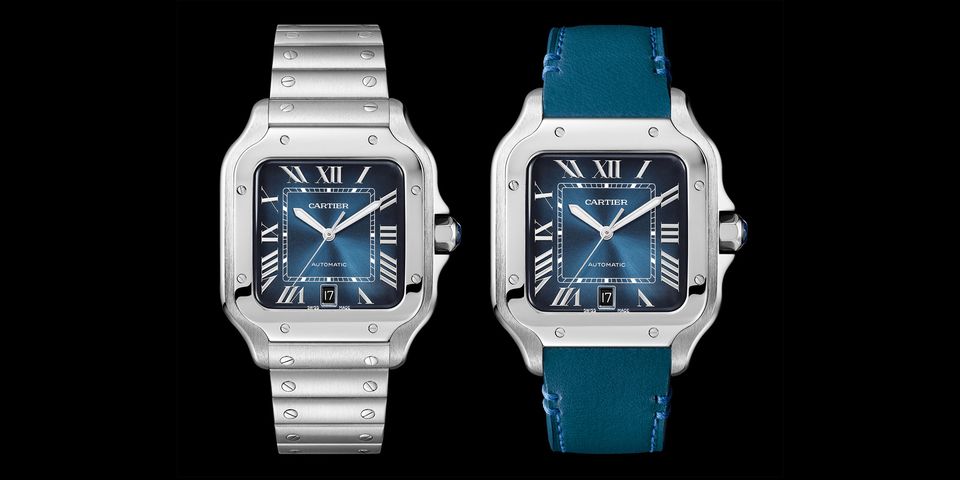
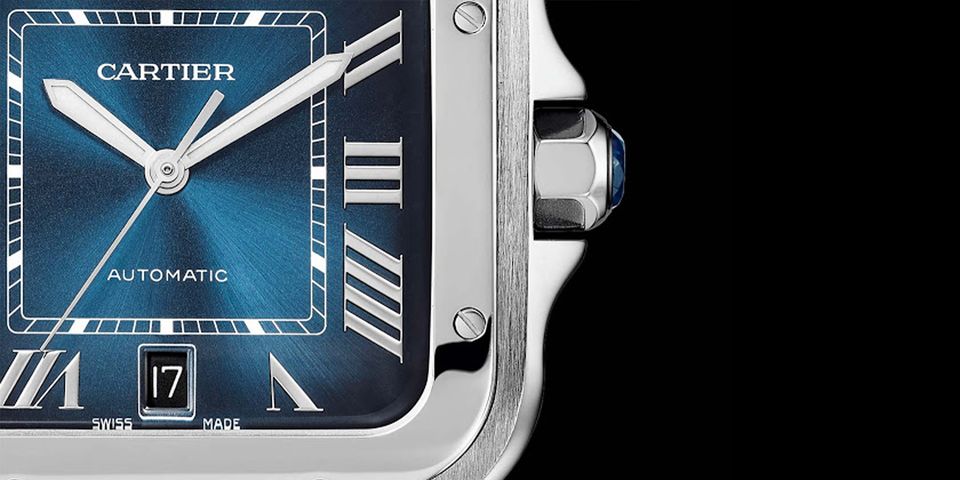


Hi Guest, join in the discussion on Reinvention of a timeless icon: the Cartier Santos de Cartier